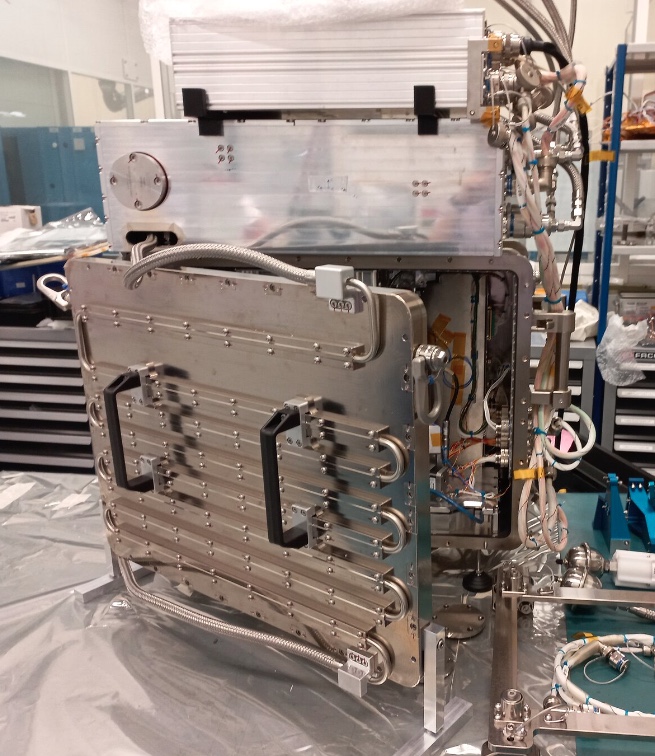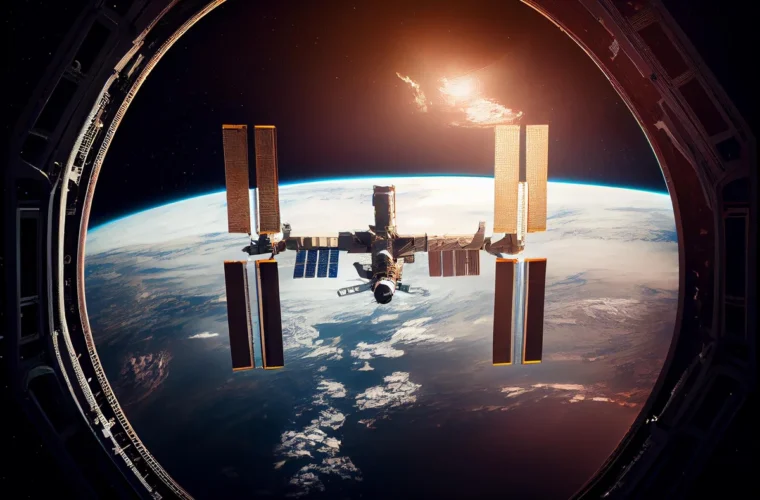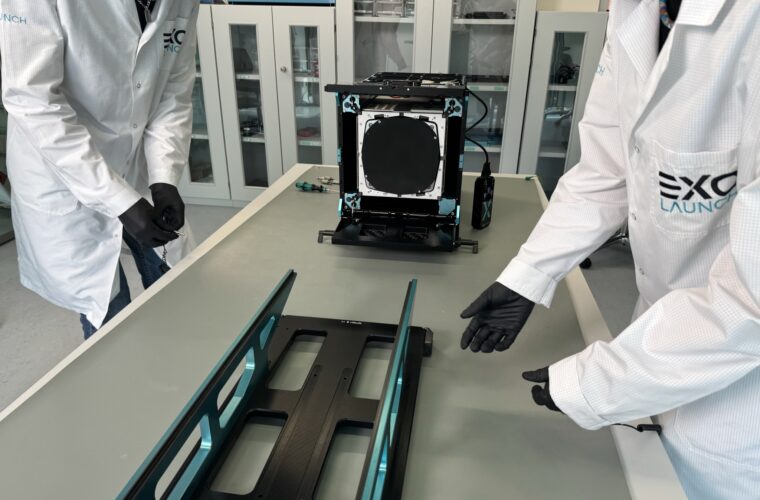3D metal printer: The International Space Station (ISS) is a unique platform for scientific research and technology development, and resupply missions are crucial to support on-board activities. The latest ISS resupply mission includes innovative studies in the fields of 3D metal printing, semiconductor production, thermal protection for re-entry into the Earth’s atmosphere, robotic surgery, and cartilage tissue regeneration. This research aims to improve the sustainability of space missions and has important implications for technology and healthcare here on Earth.
3D printing in space
One of the studies conducted by the European Space Agency (ESA) concerns the 3D printing of small metal parts in microgravity. “This investigation gives us an initial understanding of how a 3D printer behaves in space,” said ESA’s Rob Postema. “A 3D printer can create many shapes, and we plan to print samples to understand how printing in space may differ from printing on Earth and to see what kinds of shapes we can print with this technology. In addition, this activity helps to show how crew members can work safely and efficiently when printing metal parts in space. The results could improve understanding of the functionality, performance, and operations of 3D metal printing in space, as well as the printed parts’ quality, strength and characteristics.
3D printing could be used to create parts for servicing equipment during future long-duration space missions and to the Moon or Mars, reducing the need to pack spare parts or predict every tool or object that might be needed, saving time and money at launch. Advances in metal 3D printing technology could also benefit potential applications on Earth, including producing engines for the automotive, aviation and maritime industries and creating shelters after natural disasters. A team led by Airbus Defence and Space SAS under contract to ESA developed the investigation.
Semiconductor manufacturing in microgravity
Manufacturing Semiconductors and Thin Film Integrated Coatings (MSTIC) examines how microgravity affects thin films with a wide range of uses. “The potential to produce films with superior surface structures and the wide range of applications, from renewable energy to advanced sensor technology, are particularly revolutionary,” said Alex Hayes of Redwire Space, who developed the technology. “This represents a significant leap forward in space manufacturing and could mark a new era of technological advances with far-reaching implications for both space exploration and terrestrial applications.” This technology could enable autonomous production to replace the many machines and processes currently used to produce a wide range of semiconductors.

Thermal protection for re-entry into the Earth’s atmosphere
One of the experiments on board concerns thermal protection systems for re-entry into the Earth’s atmosphere. These studies are essential to ensure the safety of astronauts and equipment during their return to Earth. Research in this field could lead to significant developments in spacecraft design and thermal protection, with direct benefits for future space missions and potential terrestrial applications. Other studies include robotic surgery and cartilage tissue regeneration, which have the potential to revolutionise the medical field both in space and on Earth. Robotic surgery could enable more precise and less invasive operations, while cartilage tissue regeneration could lead to new therapies for joint diseases and injuries. This research shows how space exploration can directly impact the quality of life and health of people here on Earth.
Space research and its applications on Earth
In conclusion, the ISS resupply mission supports activities on board the space station and contributes to improving our understanding of various processes and materials under microgravity conditions. The studies conducted during this mission have the potential to lead to significant advances in various fields, from industrial production to medicine, demonstrating once again how space exploration can have tangible benefits for mankind.
Scientific research conducted in space has led to discoveries and innovations that have significantly impacted everyday life on Earth. From satellite communication technologies to hydroponic cultivation techniques, advances made through experiments in microgravity have opened new frontiers in various fields. In this article, we explore some of the latest research being conducted on the International Space Station (ISS) and how it could lead to technological developments and improvements in the quality of life on Earth.



